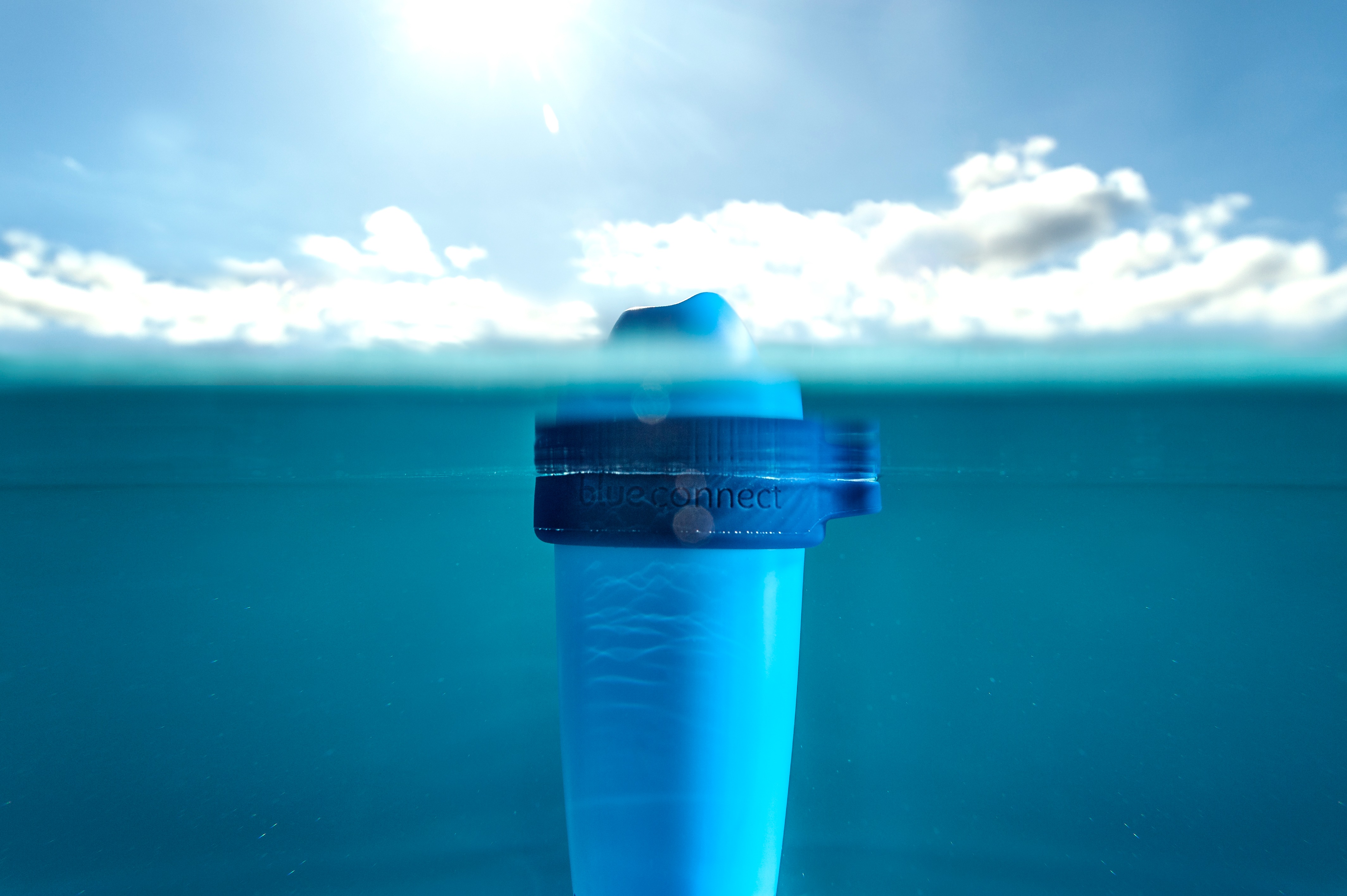If your analyzer's readings seem inaccurate, follow these steps for troubleshooting:
Initial Setup:
- Stabilization Time: Allow several hours for the sensor to stabilize after installation before considering the measurements reliable.
Physical Check:
- Probe Inspection: Examine the probe for any signs of damage due to impact. If damaged, contact your dealer.
Location Issues:
- Disinfectant Proximity: Ensure the analyzer is not placed near disinfection sources like skimmers or chlorine dispensers, as it may skew the readings. Relocate if necessary.
Verification with Third Device:
- Compare the analyzer’s readings with another device, such as a photometer, to verify accuracy. Ensure comparisons are made at the same pool location.
Specific Sensor Checks:
- pH Calibration: If the device is over 6 months old, recalibration may be needed. Use the app to recalibrate if the pH reading deviates by more than 0.2 units.
- ORP Variability: A difference of up to 150 mV is normal. For significant discrepancies, check the water's chemical balance (cyanuric acid, alkalinity, hardness) and adjust as necessary. Contact your reseller if ORP readings are off by more than 40 mV.
- Salinity Estimates: Remember, the app estimates salinity based on conductivity, which might differ from test strip results. The analyzer measures total salts, not just sodium chloride.
Probe Maintenance:
- Clean the Reference Probe: If pH or ORP values appear incorrect, clean the probe with a mild soap solution and rinse thoroughly with demineralized water to ensure accurate measurements.
Note: For important information about warranty coverage and proper handling, please refer to our Warranty Guidelines.
If you haven't found the information you are looking for in our FAQ section, don't hesitate to contact our agents in the help section of the app. Remember to turn on app notifications to know when your message has been replied to.

